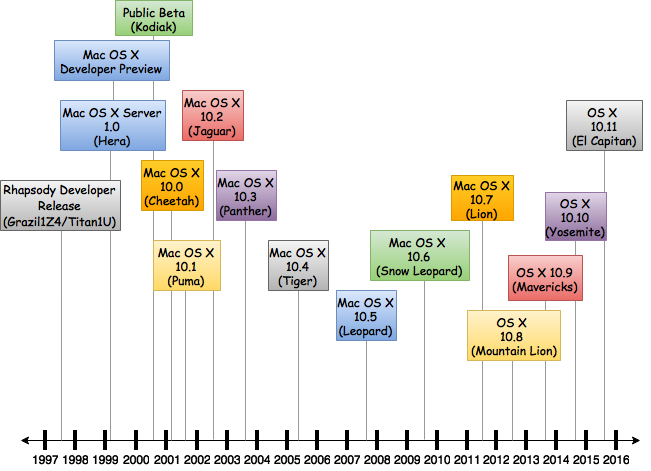
Important: If more than one person uses the same computer, Outlook profiles don't offer as much privacy as separate user accounts in the Mac OS. Outlook profiles don't offer password protection, and Spotlight searches from the Finder will locate Outlook items from all the profiles in the current user account. To learn more about how to create user accounts, see Mac Help. Add, change, or delete a profile. From Finder, open the Applications folder.
Ctrl+click or right-click Microsoft Outlook, and then select Show Package Contents. Open Contents SharedSupport, and then launch Outlook Profile Manager. Do one of the following: To Do this Create a new profile Select the Create a new profile button, and then enter a name for the new profile.
Rename a profile Double-click the profile, and then enter a new name for the profile. Delete a profile Select the profile that you want to remove, and then choose the Delete the selected profile button. Change the default profile Highlight the profile that you want, access Set the default profile, and choose Set as Default. Restart Outlook for this change to take effect. If you use Outlook in more than one capacity, such as for your personal life and for work, Outlook can be set up to handle these different capacities by using identities. An identity is associated with and stores a set of e-mail messages, contacts, tasks, calendars, account settings, Scrapbook clips, and more. To manage identities, you must use the Microsoft Database Utility, which is installed as part of your Office installation.
Iin: Iin Versions For Mac Pro

With this utility, you perform tasks such as creating a new identity, setting the default identity, and rebuilding an identity. When you open an Office application, it always uses the default identity. Important: If more than one person uses the same computer, Outlook identities don't offer as much privacy as separate user accounts in the Mac OS.
Outlook identities don't offer password protection, and Spotlight searches from the Finder will locate Outlook items from all the identities in the current user account. To learn more about how to create user accounts, see Mac OS Help. Create, rename, or delete an identity.
Microsoft Office Versions For Mac
Open the Microsoft Database Utility. The default location is in /Applications/Microsoft Office 2011/Office/.
Iin: Iin Versions For Mac Os
Notes:. The data for each identity is stored in a separate folder in /Users/ username/Documents/Microsoft User Data/Office 2011 Identities/. schedules only run for the default identity. For a list of problems that may indicate that the database of an identity database is damaged, see Switch the identity used by Outlook In Entourage (available in previous versions of Office for Mac), it is possible to switch identities while Entourage is open. However, with Outlook, you must close Outlook and switch identities by using the Database Utility. Close Outlook. Open the Microsoft Database Utility.
The default location is in /Applications/Microsoft Office 2011/Office/.

